As an Amazon Associate I earn from qualifying purchases.
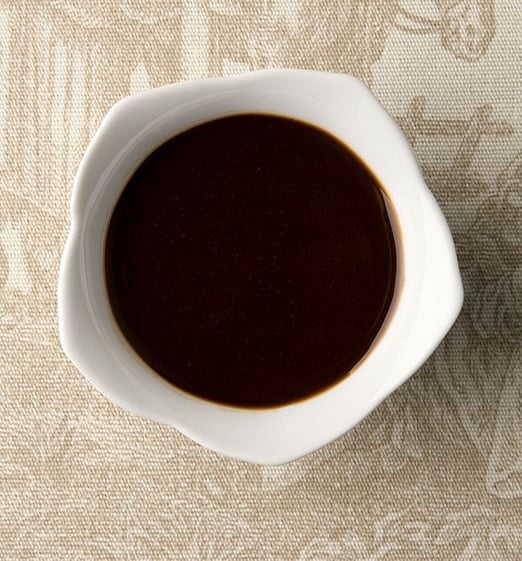
Squirrels love walnuts. So to be a walnut tree, you either need to be fortunate enough to grow where there are no squirrels, or be strong enough to push out lots and lots and lots of walnuts, so the squirrels and jays and yes, people, can have their share. In fact, these virile trees push out so many little nuts that they factor in loss — to not strip some off in springtime stunts those that remain.
That’s where we come in. There are several things you can do with unripe walnuts. My favorite is pickled walnuts. The French and Italians make a liqueur from unripe walnuts, too. And the English make a wonderful sauce from them called walnut ketchup.
This unusual condiment seems to have originated in 1700s Britain, and the word ketchup is either from Chinese or Southeast Asian origin. Back then there were lots of ketchups, and only later did tomato win the tournament as the One True Ketchup. One of the old ketchups was this walnut ketchup.

My recipe is an amalgam of one from 1808 and one from Gourmet magazine from 1948. Basically you mash unripe walnuts, let them steep in vinegar for a week or more, then boil everything with wine, spicy things, anchovies and onion, strain and bottle. Anchovies? Yeah, sounds gnarly. But it isn’t. The sauce isn’t fishy at all, and the anchovies add a savory note to the sauce.
What, then, does walnut ketchup taste like? It’s very sharp, as you might guess from all that vinegar, but beyond the acidity, it tastes like a combination of Worcestershire and A1 Steak sauce. I am not kidding. It really is a dead ringer for A1, but is thin like Worcestershire.

Nowadays there’s no reason not to use this sauce right away. But back in the day, cooks would put up this sauce and store it for at least a year before serving. It needs time to mellow, like wine. Take this note, from Maria Eliza Ketelby Rundell, in her book A New System of Domestic Cooking (1808): “It will keep 20 years in the greatest perfection, but it is not fit for use the first year.”
My advice: Go ahead and use some when you make it. But I can tell you that it really does mellow well after a year. I can’t speak for 20.
Walnut Ketchup
Ingredients
- About 50 green walnuts
- 3 tablespoons kosher salt
- 1 12- ounce bottle malt vinegar
- 3 to 4 cups cider vinegar
- 2 ounces of anchovies, rinsed well
- 1 large onion, chopped
- 1 cup red wine or Port
- 1 teaspoon ground nutmeg
- 2 teaspoons ground black pepper
- 1 teaspoon cayenne
- 1/4 cup chopped or grated horseradish
- A 1-inch piece of ginger, unpeeled and sliced thin
- 1/2 teaspoon xanthan gum (optional)
Instructions
- Crush, chop, crack or grind your walnuts. Remember this is a messy job and the liquid will stain, so your method should reflect that. I wear gloves and a ratty long-sleeved shirt and chop my walnuts small with a stainless steel knife on a dark-stained cutting board, This minimizes the staining.
- Put the walnuts in a large glass or other non-reactive container and cover with the two vinegars. I find it makes a better walnut ketchup with only malt vinegar, but as this can get expensive, you can make do with some malt vinegar balanced with some cider vinegar. Just barely cover the walnuts with the vinegar. Put the lid on the container and let this sit at room temperature for 8 days.
- After 8 days, move the walnuts and vinegar into a large, non-reactive pot and add the remaining ingredients. Boil gently for 45 minutes, then strain through a fine-mesh sieve to separate the solids. As an extra step, you can wait until the sauce cools and then buzz the sauce in a blender with the xanthan gum; this will keep the very fine solids suspended in the ketchup and give you a sauce with more body.
- Bottle the sauce and keep it in a cool, dark place indefinitely.
Nutrition information is automatically calculated, so should only be used as an approximation.
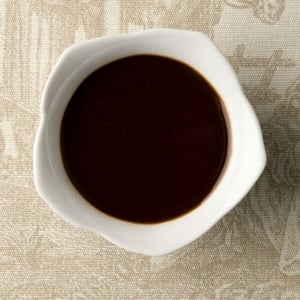

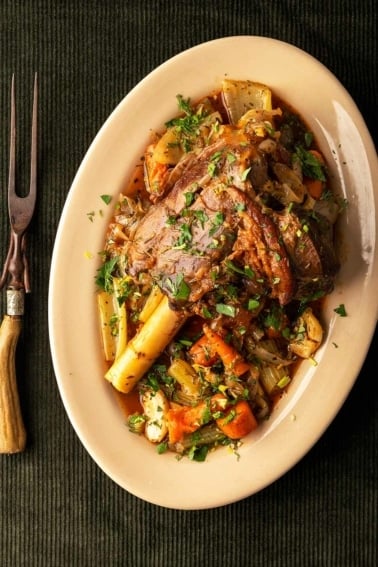
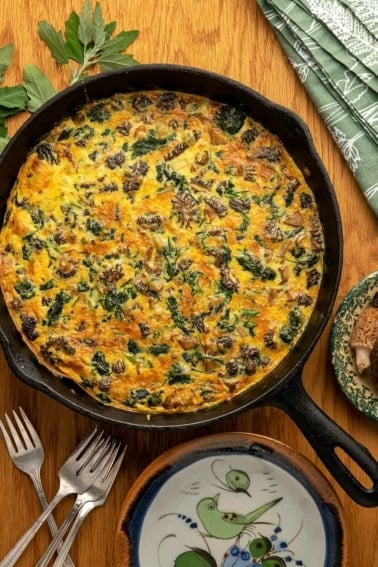
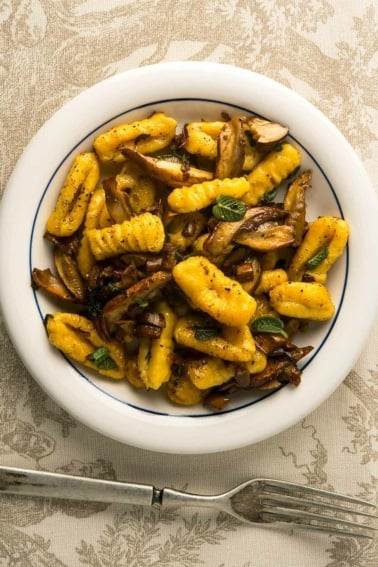
how big is the difference in flavor between wine and port?
Phillip: Huge. Port is thick, sweet and strong. Normal red wines are not.
I’m really excited to see how this turns out! I do have one question—after I chopped the green walnuts (larger ones in eighths, smaller ones in quarters) I put them in a half-gallon glass jar and it only took 24 oz. of vinegar to barely cover them. Should I add the remaining vinegar when I simmer, or should I reduce the rest of the ingredients by half and make a half batch, or should I proceed with the full recipe but with a much smaller amount if vinegar? Thanks!
Bill: I would cover them by an inch or so. That should keep the recipe in balance.
Just to clarify, this recipe doesn’t use just the nuts, it’s the entire green hull, nuts and shell (while still developing)? As someone who grew up with a bazillion Walnut trees around our house I’m shocked that the hulls are even edible. Incredibly strong smell and taste. I’m intrigued though as it would be a way to use walnuts without having to deal with removing the hulls, cracking shells, picking nuts etc.
Any suggestions as to the actual point in grown that is best?
Dave: Yes, and it uses them early in the year, before the nuts form. I gather around Memorial Day here in California, but your key is that you need to be able to slice them in half with a pocket knife.
I made this recipe a few years ago and ended up with a lot of walnut ketchup. Which has been great, because it’s delicious! It’s definitely worth the wait as it mellows. It’s been fun to taste the differences as we crack a new quart every once in a while since it mellows so much over time. Great on a variety of different meats!
Could you run the walnuts through a grinder?
Steve: Probably, yes.
I wonder what kind of anchovy is used? Fresh, in oil or salted?
Margo: For this recipe? Either canned in oil or salted.
Looked at this recipe because Charles Dickens has a character in ‘Hard Times’ who offers someone ‘a lamb chop with walnut sauce and India ale’.
My God that sounds divine!